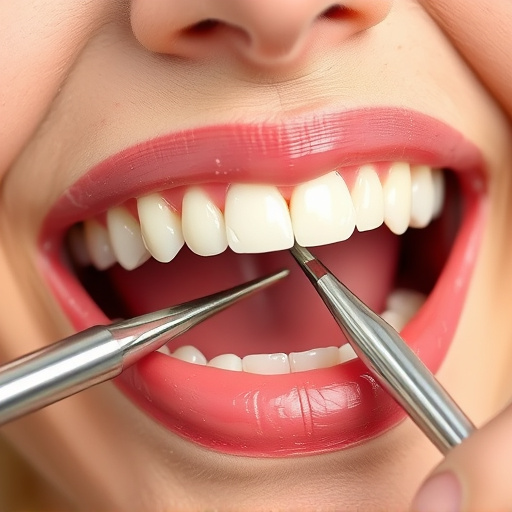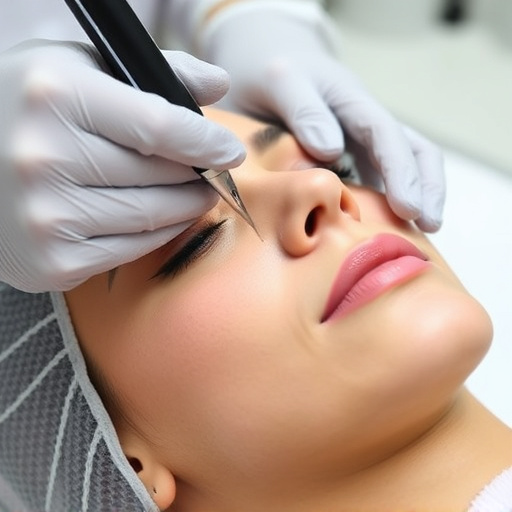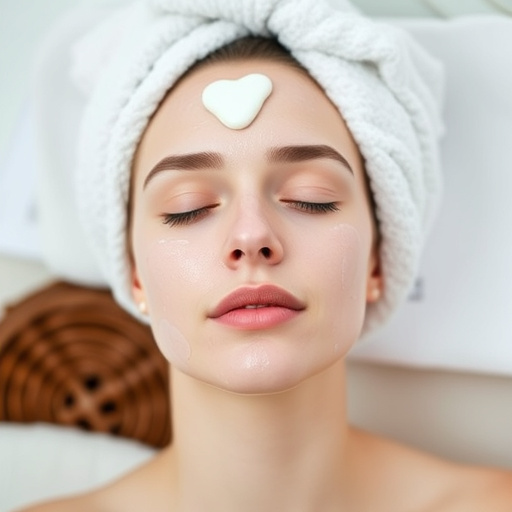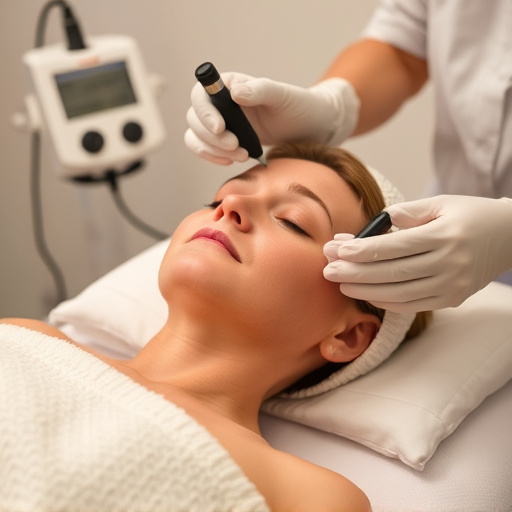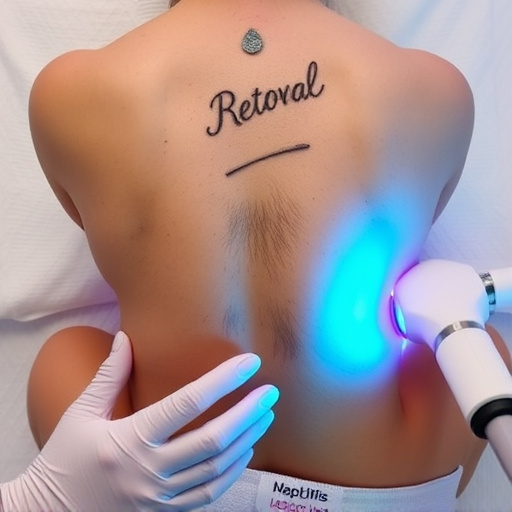Chemical peel services, utilizing acids like glycolic and lactic, offer effective skincare solutions for texture refinement and various skin concerns. Professional application ensures safety and promotes healing, leading to reduced fine lines, improved tone, and enhanced collagen synthesis. Post-peel care involves gentle cleansing, hydration, and protection from the sun during recovery. These services, popular in medical spas, provide transformative results, making them a preferred choice for achieving refined, radiant skin.
Unveil the transformative power of chemical peel services for achieving remarkable texture refinement. This in-depth guide explores how these non-invasive procedures work their magic on your skin. From understanding the fundamentals of chemical peels to delving into the science behind texture improvement, we uncover the key active ingredients and their roles. Furthermore, discover essential post-peel care tips to optimize results and unveil smooth, radiant skin.
- Understanding Chemical Peel Services: Unlocking Skin Transformation
- The Science Behind Texture Refinement: Active Ingredients and Their Role
- Post-Peel Care and Results: Achieving Smooth, Radiant Skin
Understanding Chemical Peel Services: Unlocking Skin Transformation

Chemical peel services have emerged as a game-changer in the realm of professional skincare, offering transformative solutions for various skin concerns. These treatments involve applying chemical solutions to the skin to gently exfoliate and stimulate its natural regeneration processes. By removing dead skin cells and unclogging pores, chemical peels can significantly enhance skin texture, reduce fine lines, and even out skin tone.
Understanding the science behind these services is key to unlocking their full potential. Different chemicals, such as glycolic acid, lactic acid, or salicylic acid, are used depending on the desired results. Hydrating facials, a variation of chemical peels, focus on deep moisture delivery to nourish and revitalize the skin. The professional application ensures safety and optimizes outcomes, making chemical peel services an effective way to achieve refined, radiant skin.
The Science Behind Texture Refinement: Active Ingredients and Their Role

The science behind texture refinement in chemical peel services involves a meticulous interplay of active ingredients designed to transform the skin’s surface and underlying layers. These powerful solutions contain specific chemicals that gently exfoliate, stimulating collagen production and enhancing skin elasticity. Key players include alpha hydroxy acids (AHAs), beta hydroxy acids (BHAs), and retinoids, each with unique properties for deep cleaning and rejuvenation. AHAs, such as lactic or glycolic acid, penetrate the skin’s upper layers to dissolve dead skin cells, revealing smoother, softer textures. BHAs like salicylic acid target congestion and acne-causing bacteria, making them ideal for oily or troubled skin. Retinoids, derived from vitamin A, stimulate collagen synthesis and cell turnover, contributing to a more even and youthful complexion.
When combined in strategic concentrations, these active ingredients not only improve texture but also address various skin concerns. Chemical peel services that focus on texture refinement often aim to reduce the appearance of fine lines, wrinkles, and uneven skin tone. The peeling process removes dead skin cells and unclogs pores, allowing for better absorption of skincare products. Additionally, improved skin texture can enhance the overall appearance and feel of the skin, making it a popular choice among those seeking professional medical spa services for achieving a radiant, smooth canvas.
Post-Peel Care and Results: Achieving Smooth, Radiant Skin

After a chemical peel treatment, proper post-care is essential to maximize results and ensure your skin’s smooth, radiant transformation. The first few days following the procedure are critical; gently cleanse your skin twice daily with a mild cleanser, avoiding harsh scrubs or exfoliants that could irritate the sensitive skin. Moisturize liberally, choosing hydrating creams or serums suitable for post-peel use to promote healing and reduce flaking. Stay hydrated by drinking plenty of water throughout the day, as proper hydration supports skin health and aids in the recovery process.
The results of a chemical peel are often evident immediately, with improved texture and a brighter complexion. However, it’s important to understand that full results may take several days or even weeks to become fully apparent. During this time, your skin will continue to heal, and any redness or irritation should subside. You may notice a temporary increase in sensitivity, but this is normal. Avoid strenuous activities, direct sunlight, and hot tubs/saunas for the recommended period by your esthetician. Additionally, consider incorporating microneedling therapy or laser hair removal into your skincare routine to enhance results, as these treatments can further refine texture and stimulate collagen production.
Chemical peel services have established themselves as a game-changer in skincare, offering noticeable texture refinement. By understanding the science behind active ingredients and post-peel care, individuals can achieve smooth, radiant skin. These treatments provide a professional approach to unlocking skin transformation, ensuring lasting results that enhance overall complexion. Incorporating chemical peel services into your routine can revolutionize your skin’s health and appearance.

